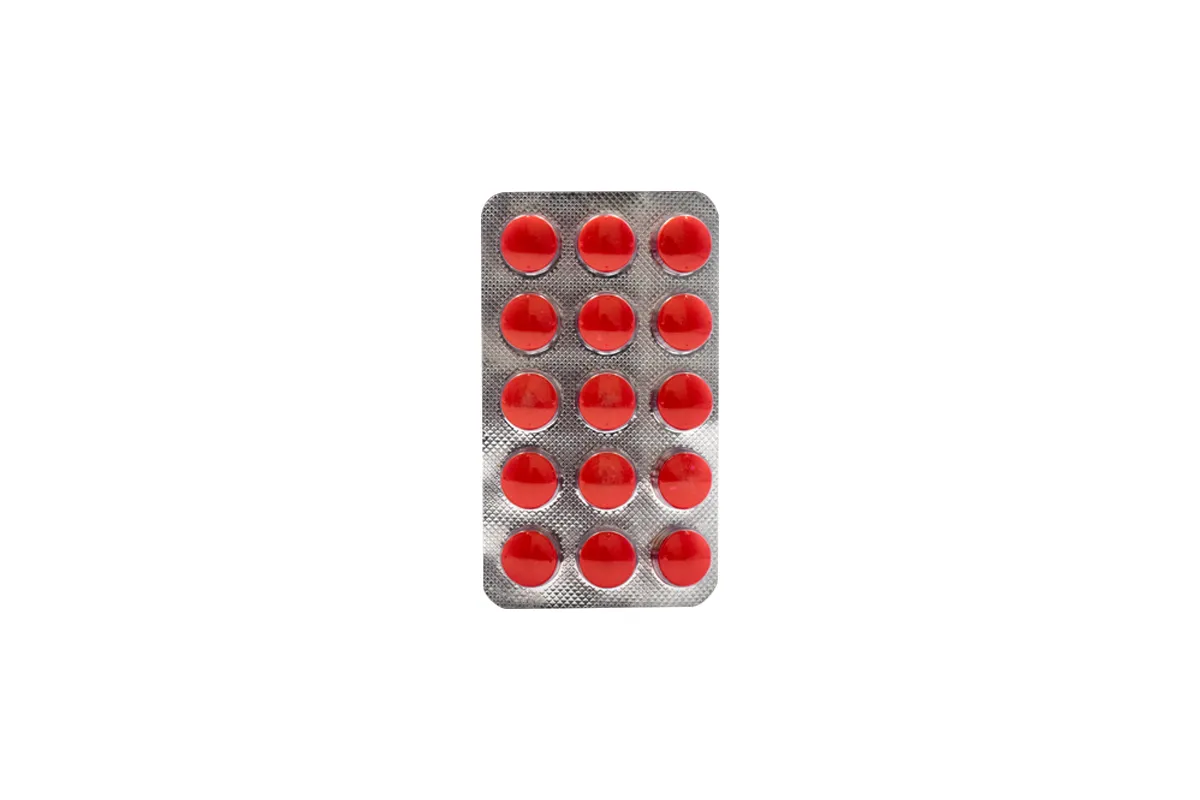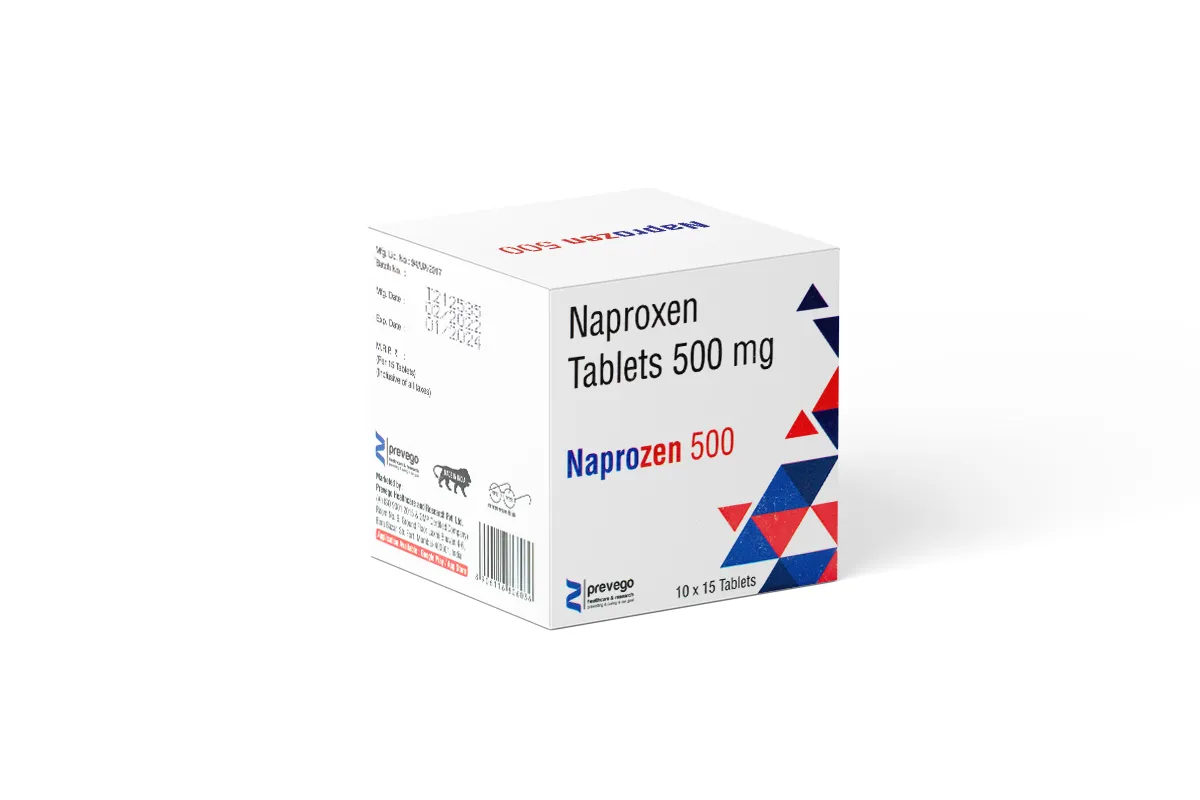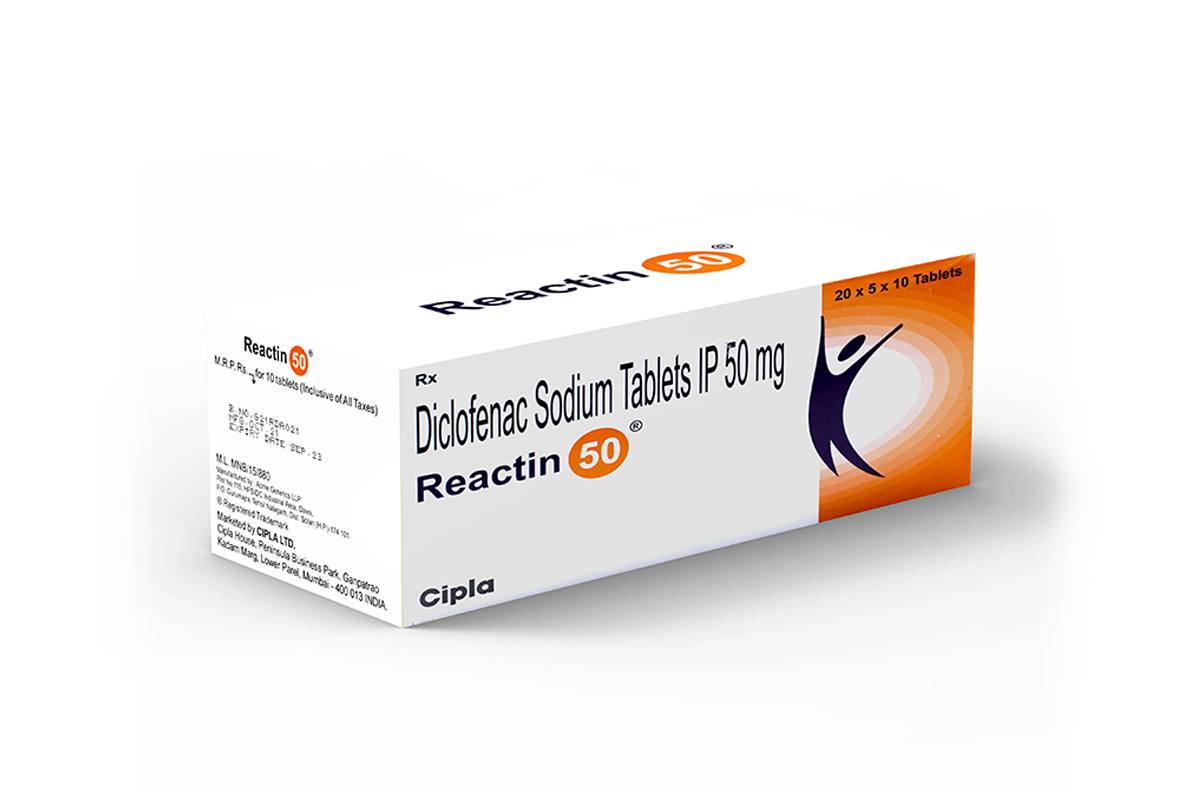Suggested Medicines
Ibuprofen is a commonly used medicine for various purposes. Its multilevel usage makes it a widely utilized medication. Ibuprofen comes under the drug class called NSAID (Non-Steroidal Anti Inflammatory Drug) and prescribed for pain relief, headaches, muscle aches, bone pain, and inflammation.
In 2019, Advil, a branded version of Ibuprofen, generated about 449.5 million U.S. dollars in sales. Its ease of availability and pain-killing properties makes it a useful drug.
A Brief On Ibuprofen
As an NSAID, it is sometimes widely teased down due to gastrointestinal issues. However, it is covered with the unique guidance of doctors. Ibuprofen, as stated above, is an NSAID that decreases pain and other problems like menstrual cramps, dental pain, muscle inflammation, arthritis, and headache. The mechanism of Ibuprofen is easy to understand and is the leading cause of its widespread use. Due to its effective pain relief on muscles too, it is also misinterpreted i.e ibuprofen a muscle relaxer.
How Does Ibuprofen Work?
NSAIDs work by altering the pain hormones. Ibuprofen's mechanism is based on halting prostaglandin production, which is why we feel the pain. These hormones are secreted whenever strains or accidents happen, and the brain retrieves them as a pain.
Ibuprofen inhibits the enzymes called Cyclooxygenase to stop the production of prostaglandin. When the production is stopped, the pain is not felt, and inflammation also goes away gradually over time. The mechanism of any medicine plays a vital role in the usage and sale of the drug then comes the actual use, the main factor of treatment.
Usages Of Ibuprofen Usages Of Ibuprofen
On label
On the label, usage is considered by the doctor or simply the cause for which the medicine has been used and the FDA approved.
- Headache
- Dental pain
- Menstrual cramps
- Muscle aches
- Arthritis
- Common cold
- Flu
- Fever
- Post-surgery pain
- Back pain
Off label usage
The FDA does not consider off-label usage, some medicines have multiple uses, and if the doctors find it helpful to tackle some other conditions than the registered ones, these usages are called Off Label usage.
- Migraine
- Labor pain
- Lung disease
- Alzheimer
Dosages, Forms And Strengths Of Ibuprofen
|
Form |
Strength |
Dosage |
Condition |
|
Tablet |
100mg, 200mg, 400mg, 600mg, 800mg |
- |
- |
|
Capsule |
200mg |
- |
- |
|
Oral Suspension |
40mg/5ml, 100mg/ml |
- |
- |
|
Tablets |
400mg |
Every 4 hours 3 times for adults |
For Menstrual Cramps |
|
Tablets |
400mg |
Every 4 or 6 hours 3 time for adults |
For Common pain |
|
Tablets |
200mg |
Every 4 to 6 hours can be increased to 400 mg |
For osteoarthritis |
|
Tablets |
1200mg to 3200mg |
Per day divided into 3 or 4 times a day. |
For Rheumatoid Arthritis |
Pediatric dose depends upon their weight
Precautions To Be Taken For Ibuprofen
- The medicine raises the risk of a heart attack. Always consult if you face symptoms like heart palpitations.
- Gastrointestinal issues can be found consuming it with a full meal.
- Please don't use it during pregnancy.
- Allergic reactions like Anaphylaxis are rare.
- Check out for skin reactions, blurred vision, or stomach ulcers.
Side Effects Of Ibuprofen
The following are the most prevalent Ibuprofen effects:
- Tinnitus (ringing in the ears)
- Skin Rash
- Headaches
- Dizziness
- Drowsiness ( Ibuprofen can make you sleepy)
- Abdominal discomfort
- Nausea
- Diarrhea
- Constipation
- Heartburn
Interactions Of Ibuprofen
Below are the medicines that interact with Ibuprofen if consumed together or mixed with each other.
- Lithium
- Diuretics
- Blood pressure medication
- Aspirin
- Benadryl
- Duloxetine
- Flexeril
- Lipitor
- Lexapro
- Tylenol
- Zoloft
Can You Buy Ibuprofen Online?
Yes, you can buy Ibuprofen online from the comfort of your home. Medicines are just a click away in this technology era. As there is so much comfort and ease, several frauds and malicious websites are present on the internet to trick you in the name of your medicines.
- Check the reviews of early customers.
- Always go for an HTTPS site rather than only HTTP.
- The delivery terms and conditions should be checked.
- Check they deliver the product in your area code.
- If you have a prescription, you can submit it and check if they give an altered dosage.
You check the legitimacy through legitscript.com or the certifications and registered number they attached at the bottom of the sites.
Online sites provide great rewards and discounts.
Can You Buy Ibuprofen 800 Mg Over The Counter?
Over-the-counter medicines make it easy for consumers to purchase meds without a particular prescription. It ensures easy-to-buy and availability at the local pharmacy shops. Ibuprofen doesn't need any special notes from doctors, especially those who use it for common ailments.
Conclusion
Ibuprofen is indeed a fast-acting NSAID medicine that's available online as well as an over-the-counter medicine. Its multiple uses and common ailments are easily tackled. The price range of the treatment is also feasible enough for all levels of the masses. However, depending on your condition or habits, it is better not to mix Ibuprofen with other interactive elements.



























